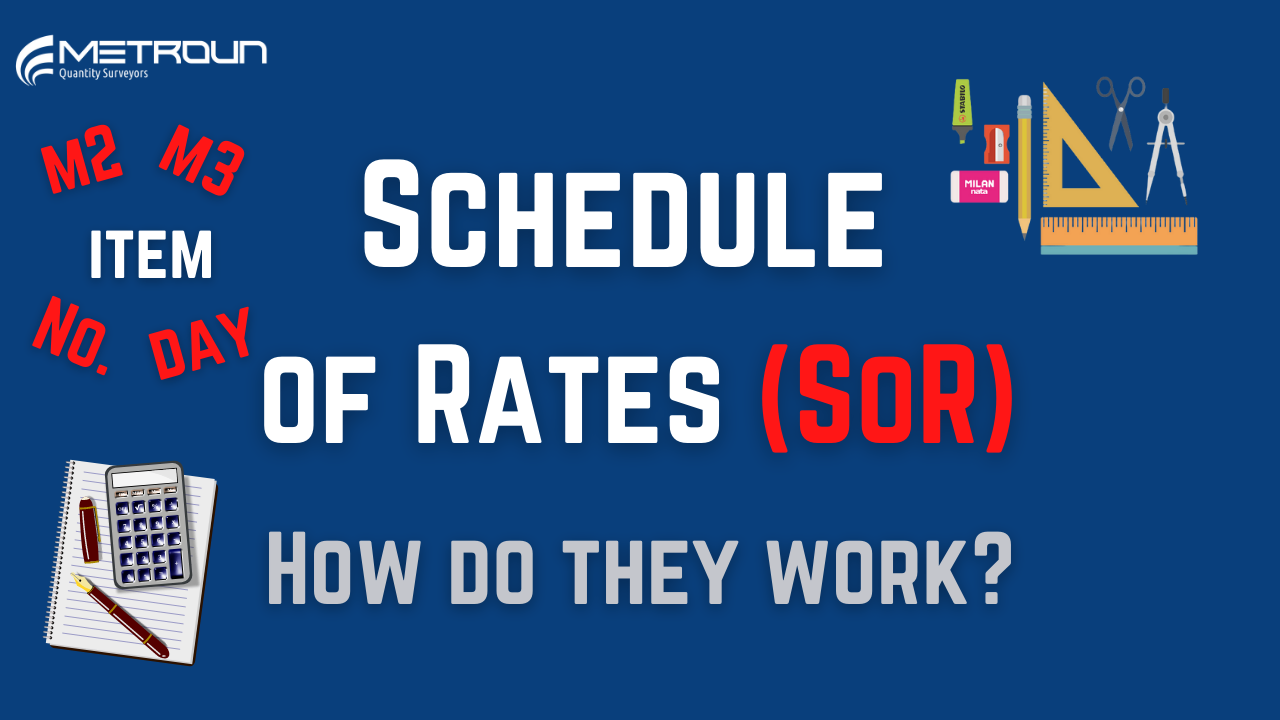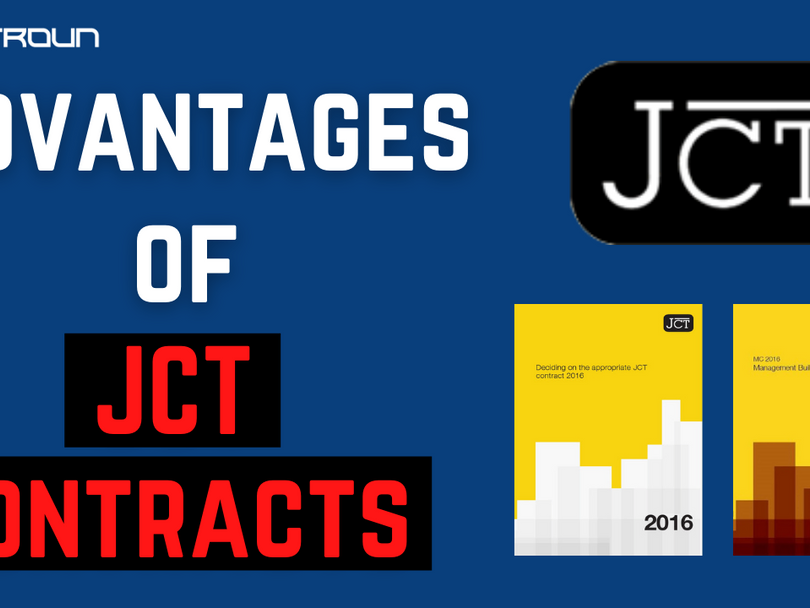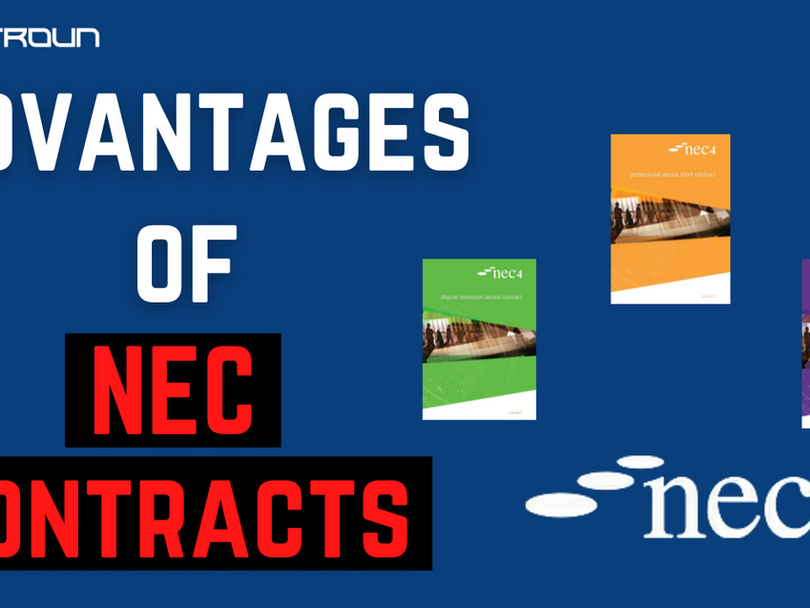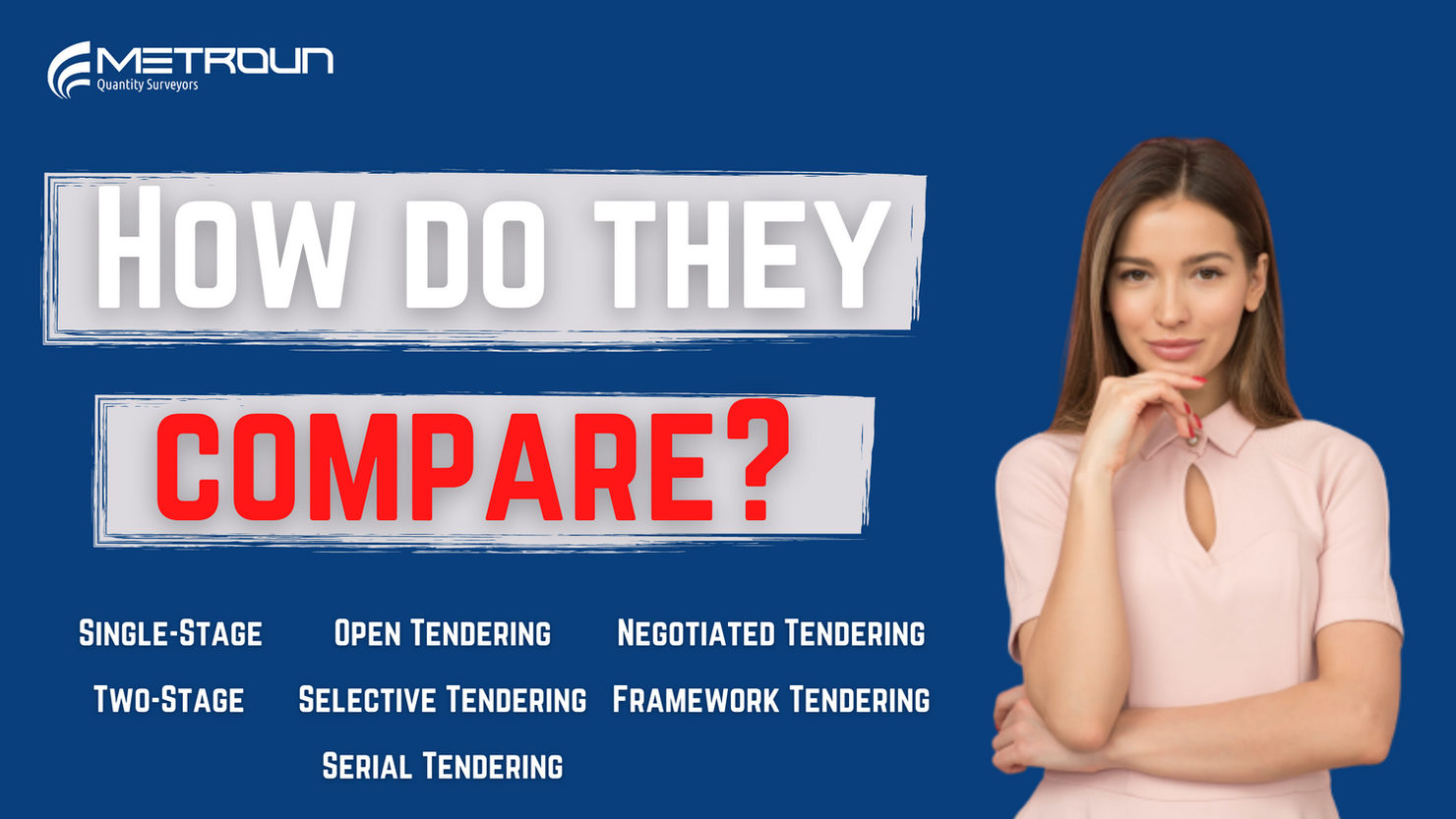
Let’s be honest, at 15 did you really know what a Quantity Surveyor did? Actually, had you ever even heard
Every week on a Wednesday, we provide a new Quantity Surveying or Construction related article that is filled with information. It will always be related to the video that we post on our main YouTube channel.
End of Content.

Let’s be honest, at 15 did you really know what a Quantity Surveyor did? Actually, had you ever even heard

Critical path analysis (CPA) is a project management technique that requires the mapping out of every key task that is necessary to complete a project. It includes identifying the amount of time necessary to finish each activity and importantly the dependencies of each activity on any others. Sometimes known as the critical path method, Critical Path Analysis is used to set a realistic timescale for a project and the ability to track its progress along the way. How Critical Path Analysis Works: Critical path analysis identifies the sequence of crucial and interdependent steps that comprise a work plan from start to finish. It also identifies non-critical tasks which are still important for the overall project but, if they hit an unexpected snag, they will not hold up any other tasks, and therefore not endanger the execution of the project and the ultimate deadline. The concept of a critical path recognises that completion of some tasks in a project is absolutely dependent on the completion of others. In other words, some activities cannot physically start until others are finished – these are termed critical tasks which inevitably, present the risk of bottlenecks within a project programme. The remaining tasks are generally termed ‘noncritical’ tasks and have what we call ‘float’. There are several different techniques and indeed software’s that can be used to complete a critical path analysis. However, for this video we are going to show you one of the most common methods. Once determined, the next 6 steps will help to find the critical path on a project and allow a network diagram to be created. 1) List the project tasks – identifying details such as Task ID, Task description and estimatedduration. 2) Identify the dependencies of the tasks – such as Task D is dependent on Task A, Task B and A can run parallel to each other. Task F is dependent on tasks A, D and E etc. 3) Once you have this information, it’s possible to start building the Network diagram – within a network diagram, each task is put into its own box or circle and arrows between themare used to depict dependencies. 4) Put the estimated duration of the tasks into the task boxes or circles. 5) Find the critical path based on the longest sequence (each sequence is simply the list of tasks that are dependent on each other) – For each sequence write down the start and end time. The first activity has a start time of 0 and the end time would be the duration of that activity. The next dependant activity start time is the end time of the previous activity and the end time is the start time plus the duration. 6) Calculate any float there may be – float refers to the amount of flexibility of a specific task.It indicates the amount of time a task can be delayed without impacting subsequent tasks or the project end date. It’s important to remember that tasks on the critical path will have 0 float! So, now that we’ve explored what CPA is, let’s take a look at some of the advantages and disadvantages to this project management technique. Advantages: ·

Insolvency is a huge risk in the construction industry. What first seems like the perfect project, can quickly become the

Schedule of rates or (SoR) for short, is a list of rates used to value work requiring payment. The type

JCT stands for ‘the Joint Contracts Tribunal’ and has been in use since 1931, making it one of the most longstanding and well used standard construction contract in a vast number of different countries. JCT is one of the big players when it comes to construction contracts, so this blog is going to take a look at some of JCT’s biggest benefits and advantages: At its core, JCT has taken the approach to produce standard forms that meet clearly defined needs and apportion risk in a way that is appropriate for the procurement methods they reflect. JCT contracts are developed by engaging a cross-section of the building industry. This means that clients (private and public sector), consultants, contractors, specialists, and sub-contractors are all involved in the development of JCT contractsand therefore have a voice. The JCT suite of contracts is made up of ‘families’ of standard forms which include guidance and other documents that are suitable for the majority of construction projects and procurement methods. Their suite of contracts is proficient in minimising the transaction cost of entering into a contract and providing benchmark provisions in standard form contracts. JCT provides standardisation and protection over common issues as they have been developed over the best part of a century. This now means that they consider and include most issues that can reasonably be expected to occur during a construction project. Leading to increased comfort and assurance for the parties entering into one. Recognisable and fair allocation of risks that can occur on a construction project which generally, both parties will be familiar with and their distribution to each side. The JCT suite of contracts makes a conscious effort to not be more favourable to one side than the other. Succinct and practiced Dispute Resolution Methods. These methods often nominate anarbitrator or adjudicator who can make decisions as to the accountability of both parties. This helps to avoid more costly and drawn-out proceedings such as going to court. Having a standard from of contract such as JCT helps to provide a basis that can be relied upon in order to quickly and efficiently solve disputes. JCT contracts can also be used as a means of protecting employers against poor contractors. The employer can be content in the knowledge that most possibilities are covered by the contract, e.g. penalties for late completion of work or conditions. If you want to learn more about

As far as standard construction contracts go, the New Engineering Contract, NEC, could still be considered the ‘new kid on the bloc’ in comparison to others such as FIDIC and JCT, after being adapted from the Engineering and Construction Contract, ECC, in the mid 1990’s. As with all construction contracts, NEC is not perfect, but in practice, no contract ever is or could be. However, the NEC suite of contracts certainly has a great deal of benefits and advantages which this blog will cover. From the outset of implementing an NEC contract on a construction project, the parties know that programme, budget, and risk need to be managed throughout the entirety of the project, and more importantly this should be done collaboratively between the parties. A marked difference on traditional forms of contract and being built on collaboration is what sets NEC apart. So, what are the advantages? Let’s take a look: The first major advantage of NEC to take note of is its huge emphasis on ‘collaboration’between the client, contractor, and any subcontractors. Some experts within the industry have even said managing risk collaboratively with all parties – including sub-contractors – is the hallmark of NEC. Secondly, is the fact that the NEC suits of contracts is accessible and written in plain, clear and concise English. For a lot of people this is a welcome difference compared tomore traditional forms which contain legal language that can be hard to understand and even increase costs of administration, as external legal expertise may be needed more often to interpret and implement. This also makes it more precise and easier to understand. NEC focuses on pro-active risk management rather than on what happens when things go wrong. This can greatly benefit all parties to save cost and time by being pro-active rather than re-active. NEC’s core clauses are suitable and can be used for most procurement routes a client may choose to take. This means the NEC form of contract is extremely flexible. NEC actively tries to minimise disputes arising between the involved parties. Primarily through its use of Early Warning Notices, Compensation Events, and the project risk register. If you want to find out more about the NEC contract, why not check out some of the other videos on our youtube channel and blogs. Specifically, our specialist NEC Series playlist! Click the link here: https://youtube.com/playlist?list=PLEqD73qa8q9-qO2a-HHyZlX_gnjJ3xyho

BREEAM stands for the Building Research Establishment Environmental Assessment Method. And thankfully, we don’t have to say that every time.

As a Quantity Surveyor, we have a duty to provide value for money to our employer. This is done at all stages of the project life cycle, from tendering works to negotiating final accounts. In this article we’re going to look specifically at the different tender options available. Helping you establish the most suitable option for the project you’re working on. It’s easy for us to assume that there’s a one size fits all solution to how construction projects are managed. However, often this isn’t the case, especially when it comes to tendering. We have to consider many variables which impact how we tender the works. For example, what isthe time-frame? Are the works specialised? Are works under a fixed-term framework? Has the design been carried out? Or is the design yet to be completed? There’s going to be a differenttender option for each of these variables. So let’s dive into the different options available. Open Tendering Under this option, anyone can apply to tender for the works. This is often through an advert orthird party. This option provides a large pool of potential suppliers to choose from. This can either be seen as a benefit or disadvantage as much time is spent vetting returned tenders. However, contrary to this, it may give an opportunity to a suitable supplier who’d otherwise miss out on the other tender options. Selective Tendering This is where a selection of contractors will be invited to tender for certain works. This removes the vetting process normally required after tenders are received. There is certainty of the contractors competency at invitation to tender and this saves time and resource when evaluating the returned prices. This option is especially useful when the works are specialist or there are certain expectations from the client that few contractors can guarantee. Negotiated Tendering Under this option a single supplier is invited to tender and negotiated on price. This is often used when the works being carried out is specialist. It should be noted, although this option reduces the time spent during the tendering process, the competitive aspect of the process isremoved therefore risking reduced value for money. Serial Tendering Under this option a blank schedule of rates is submitted as part of the tender documents. The contractors return their tenders with the rates filled in. Tenders are then assessed based on the rates provided. This is useful for agreements where multiple similar projects are being carried out. The contractor will price their works for the projects based on the rates agreed at tender. Contractors are often inclined to submit lower rates to secure contracts and therefore increase value for money to the employer. Framework Tendering Under this arrangement potential suppliers have an agreed overarching contract which lasts acertain amount of time. During this time-frame, a client may wish to utilise their services for specific projects which they will procure under a call-off contract. The advantage to this is thattime is saved during the procurement process for each project. For example, let’s say you work for a client who is responsible for maintaining the highways in a region for the next 5 years. During this time there’s likely to be many projects encompassing the different elementsof maintaining the assets. Rather than going through a full tender process for each smaller project, under this agreement you can call on selected suppliers under the framework agreement to carry out the work. Sometimes, suppliers under the framework may even be required to submit competitive prices to win projects over other framework contractors. Single-Stage and Two-Stage Tendering Single stage is used when all the information is readily available for contractors to provide a robust price for carrying out works. This differs from two-stage where information may be incomplete at tender stage. Contractors would submit an initial price at the first stage, allowing work to begin and then a fixed price is negotiated later on. The latter method allows for early contractor involvement which contains its own cost-saving benefits. Why not check out our video on this subject?

Here’s one clause you have almost certainly had to use a Quantity Surveyor in 2020 & 2021. Force Majeure. Hopefully